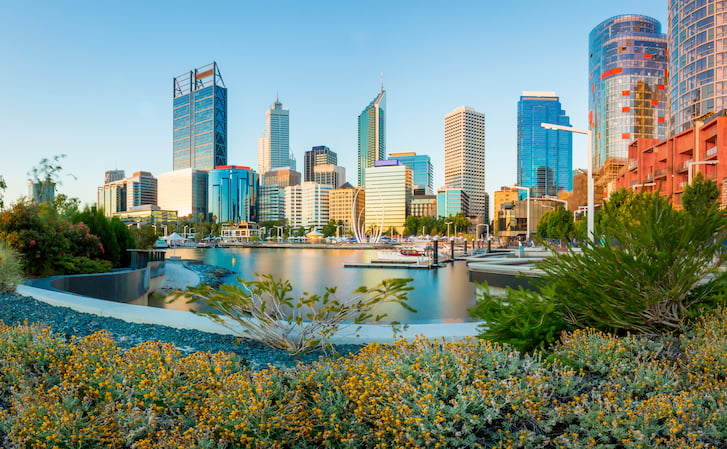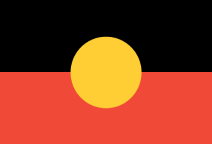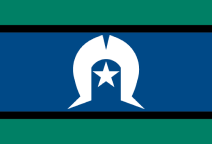CCIWA Chief Economist
Aaron Morey
The State Budget reveals Western Australia’s economy is running hot and the WA Government possesses the most enviable set of books in the nation. While this strong position is used to make greater investments in health and infrastructure, there is clear headroom for a program of bolder economic reform.
Posting a $5.6 billion operating surplus, with an underlying cash surplus of $2.6 billion, the Government is bucking a global trend of bigger deficits and bigger debt. Debt has been reined back. WA’s gross state product (GSP) for FY20-21 landed at 3.25% and is forecast to rise slightly to 3.5% for FY21-22, an extraordinary achievement in the midst of a pandemic. However forecasts out to the middle of this decade indicate it won’t hold this pace, hovering between 1.0 – 1.5% out to 2025.
This shows our State is not yet pulling the levers that will provide sustained, stronger economic growth and diversification.
Population growth will slow to 0.7%. While business investment is forecast to hold at just under $50 billion per annum out to 2025, growth beyond the current year is fairly anemic. We also anticipate this investment is heavily driven by the mining sector. Our State needs to attract investment from other sectors in order to mitigate the inherent risks of being beholden to commodity prices. The $100 million investment attraction fund should support efforts to lift investment, but there is no greater incentive for a business to invest than a low-cost, predictable and reasonably regulated economy.
Opportunities to support stronger business investment and reduce business costs have mostly been overlooked.
WA businesses employing more than 25 people will continue to pay the highest payroll tax in the nation as there has been no relief provided. Small business will continue to face rising electricity costs of 1.75% for the next two years as they remain prohibited from sourcing their own supplier. By comparison, mid-sized business who use more than 50MWh will enjoy reductions of compounding decreases of 3.45%. We will continue to advocate for this threshold to be reduced 20MWh.
Further, WA’s skills shortages look set to continue, with reports that interstate borders are unlikely to ease until April or May next year and international borders not easing until September.
There are significant risks to the budget position.
These include the iron ore price, a renegotiated GST deal and a lack of expenditure restraint, especially in relation to public sector wages.
The forecast iron price of US$121.30 for this financial year may prove optimistic, given the current downward pressure on the price. We anticipate this will be offset in the longer term by the adoption of a US$66 price, the long term average, out till 2025.
The GST deal is due to be reviewed in 2025, but there is significant agitation from the Eastern States for earlier consideration. To his credit, Prime Minister Scott Morrison has clearly articulated that the GST deal remains ironclad. However, WA is yet to receive any such reassurances from the Federal Opposition Leader, Anthony Albanese. It is critical he provides this clarity to all West Australians. WA continues to prop up other States, making a net contribution of $8,000 per capita to the rest of the nation. The current GST approach incentivises all States to get ahead by developing their natural resources. Those that don’t should wear the consequences of their failure, rather than taking a swipe at a State that will still only receive 75c for every dollar its people contribute.
CCIWA recognises the strengthened budget position and the current economic environment has led the State Government to review its public sector wages policy. It is critical WA avoids entering a cycle of unsustainable wage increases that has led to deep structural operating challenges in the Eastern States in the past decade.
